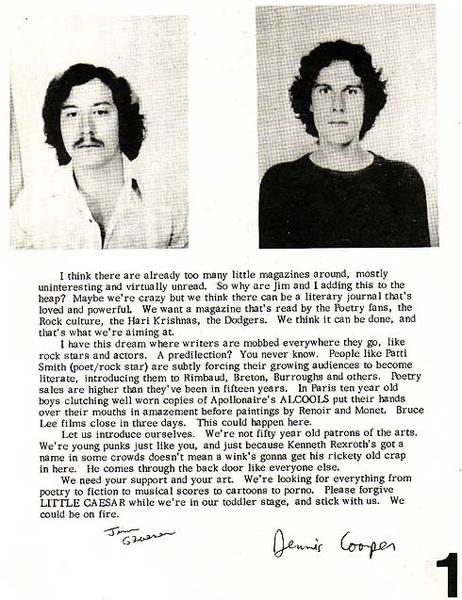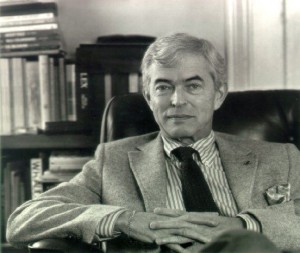Following is the outline of a series of essays about Los Angeles poetry I will be writing for the Los Angeles Review of Books. It mostly concerns “experimental” writing (of course), but certain folks like Henri Coulette, a master “formalist,” and writers of color who might not be considered experimental have prominent spots.
1. The Mexican Period and Chicano Writing
Overview of poetry publishing in the period before U.S. colonialism; review of some of the genres of poetry that were created during this period; consideration of what it meant to be “Mexican†and/or “Chicano†in that period; look at the work of the most accomplished poet, “Dantes,†in relation to other Mexican poetry of the time; consideration of themes developed here and later Chicano writing.
2. Three Women Poets: Nora May French, Olive Percival and Julia Boynton Green
Difficulties of finding work by early Los Angeles Poets; review of the fine book print tradition (Ward Ritchie, etc.); review of issues related to “landscape†art and its promotion by people like Lummis to encourage migration out here and how Percival and Clark relate to this; ends with focus on Nora May French.
3. Thomas McGrath and the McCarthy Era
Quick review of the life and works of McGrath; consideration of the various left-leaning magazines circulating at the time; look at certain key incidents, such as the firing of McGrath, the Ginsberg reading and the LA Poets anthology; a look at the writing of Curtis Zahn, James Boyer May, Josephine Ain and Peter Yates; Bertolt Brecht.
4. The Case of John Thomas
Brief review of the Venice West scene, including side notes on poets such as Stuart Perkoff; recounting of John Thomas’s biography (including his trial for child molestation); consideration of the poems and “Patagoniaâ€; linkage to Bataille and the libertine tradition in French literature; considerations of Thomas relationship to the English tradition of “earthy” spiritual writing, including Blake and Hogarth.
5. The Watts Writers Workshop
A review of themes of Black Arts; consideration of the specific contribution of Los Angeles poets; look at the origins of the Watts Writers Workshop started by Budd Schulberg; consideration of Quncey Troupe and other poets who came out of this scene, culminating in the writing of Michele Clinton; consideration of the more “cosmic” side of their legacy in such writers as Will Alexander.
6. The Success and Failure of Henri Coulette
A consideration of literature in the academy in Los Angeles and the problems of “formalist†writing; a review of Coulette’s life, including the accidental pulping of his second book and his descent into alcoholism; a close look at Coulette’s poetry; considerations of American “formalism†and Coulette’s dual devotion to the writing of Berryman and Larkin.
7. Charles Bukowski and the Meat Poets
A defense of Bukowski’s early poetry against his later writing; the question of libertinism etc. as first posed in the Thomas essay; a look at the writing of disciples of Bukowski, including one not often associated with him, F. A. Nettelbeck (Bug Death); reflections of the fame of the Bukowski approach and its specific hold on “Hollywood.”
8. Art and Text in the Seventies
Strange origins in Wiliam Cheney and his miniature books; the Los Angeles text-art scene including Ed Ruscha, Allen Ruppersberg and Guy DeCointet; a side note on Hugh Fox; side note on Aram Saroyan; a consideration of the present day emphasis on performance and conceptual writing, asking whether conceptual texts such as Ruppersberg’s deserves to be called “poetry”; a consideration of William Poundstone.
9. The Little Caesar Scene
Consideration of the punk scene in Los Angeles at the time; a look at the writing of Rimbaud; review of the poets, most especially Dennis Cooper, and their attachment to the New York School; a look at the writing and life of Bob Flanagan; questions about relationship of the “abject” to poetry and performance art; a note on Amy Gerstler.
10. Leland Hickman and Temblor
A look at the Momentum scene around William Mohr; a note on Sulfur edited by Clayton Eshlemen; a note on Sun & Moon and Green Integer; a note on the publishing activities of Paul Vangelisti; a consideration of Hickman’s writing; an overview of Temblor and the writers associated with it who remain in Los Angeles (such as Diane Ward, Dennis Philips, etc.); side note on Robert Crosson.

